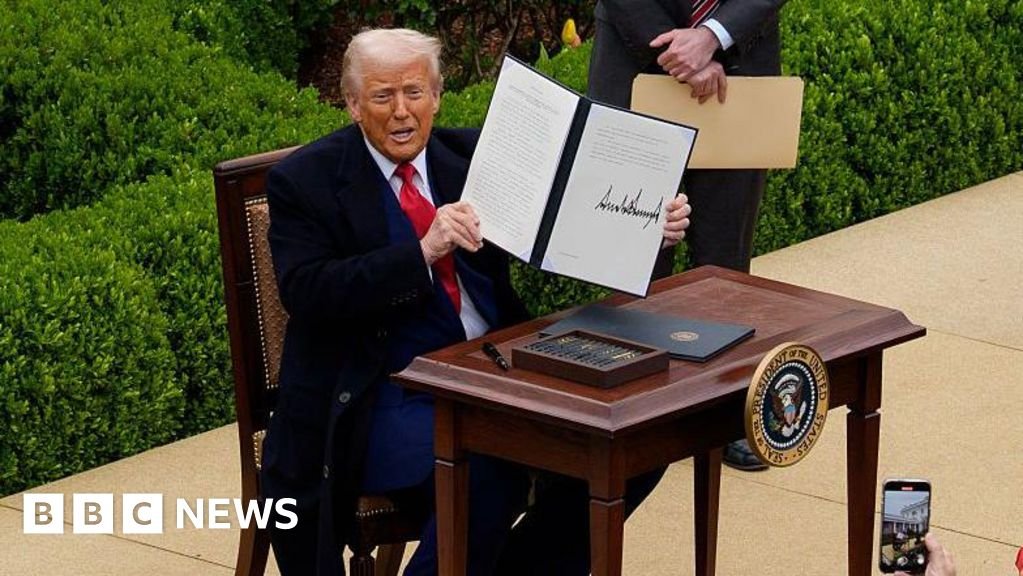Last Updated:July 07, 2025, 15:22 IST
Investing in EPF and NPS from age 30 can build a tax-free retirement corpus of over Rs 12 crore by 60, says expert. Contributions should rise 8% annually.
To maximize returns, experts suggest choosing VPF for extra EPF savings, using NPS Active Choice with higher equity allocation early on, and gradually shifting to debt as retirement nears.
EPF and NPS: Investing consistently in the Employees’ Provident Fund (EPF) and the National Pension System (NPS) from the age of 30 can help salaried individuals build a tax-free retirement corpus of over Rs 12 crore by the time they turn 60, according to Sujit Bangar, Founder of TaxBuddy.com.
As per an illustrative scenario shared by Bangar, an individual earning Rs 75,000 per month and contributing Rs 12,500 each to EPF and NPS (including employer share), while increasing contributions by 8% annually, can accumulate a combined corpus of Rs 12.16 crore in 30 years. This is based on current return assumptions — 8.25% for EPF and 11% for NPS.
While EPF offers guaranteed returns and tax-free maturity, it has limited liquidity and may not suit short-term goals. On the other hand, NPS offers higher returns through market-linked options and ultra-low management charges (0.1%), but mandates that 40% of the corpus be used to buy an annuity at retirement, which restricts full withdrawal.
Further, Bangar pointed out that individuals with a salary of up to Rs 14.65 lakh annually can remain tax-free even under the new income tax regime, if their employer contributions to EPF and NPS are optimized. Contributions of up to 12% of basic salary to EPF and up to 14% to NPS are exempt from tax.
To maximize returns, experts suggest choosing VPF for extra EPF savings, using NPS Active Choice with higher equity allocation early on, and gradually shifting to debt as retirement nears. Additionally, adopting Systematic Lump Sum Withdrawals (SLW) from NPS post-retirement can help reduce tax burden.
EPF is a guaranteed return plan based on interest rates, whereas NPS is a market-linked investment programme that allows investors to choose investment plans and managers according to their aggressive, moderate and cautious return strategies.
In contrast, the NPS is a market-linked retirement scheme open to all Indian citizens aged 18–70. It offers more flexibility in terms of contribution amount and frequency. Investors can choose between equity and debt exposure, potentially earning returns in the range of 8% to 12%, depending on the asset mix.
A team of writers and reporters decodes vast terms of personal finance and making money matters simpler for you. From latest initial public offerings (IPOs) in the market to best investment options, we cover al…Read More
A team of writers and reporters decodes vast terms of personal finance and making money matters simpler for you. From latest initial public offerings (IPOs) in the market to best investment options, we cover al… Read More
- First Published:
#EPF #NPS #Secure #Retirement #Corpus #Tax #Burden #Savings #Investments #News



